Starring: Charlie Chaplin
Grade: A
“A picture with a smile – and perhaps, a tear.”
Summary
A woman (Edna Purviance) has just become a mother. Sadly, she leaves the charity hospital to see no one is there. It starts to creep in that she will have no support for this newborn. As she contemplates life on a park bench, we see the man (Carl Miller). He’s a painter. After being greeted by his assistant, he sees a picture of the woman on his fireplace. He seems to feel a bit of regret for leaving her, but it’s only for a moment. Once he grabs something to light his pipe with from the fireplace, as he talks to his assistant about the painting, the picture falls into the fire. He notices it soon after and saves it. However, following a quick examination of it, he chucks it back in. Elsewhere, the woman watches a wedding party leave the chapel, but the bride looks sad.
It’s probably because the man looks like he’s in his seventies, and she looks like she’s in her twenties, though this is just pure speculation.
Not knowing what else to do, the woman puts her baby in the backseat of an unattended vehicle. Right after she leaves, two criminals end up stealing the car. They drive to some broken down part of town and only notice the baby once they get out of the car and hear him crying. One of the guys takes the baby, lays it down in an alley, and they drive away. In this decrepit area lives “The Tramp” (Chaplin). The Tramp wanders the streets as people throw their garbage out the window and almost hit him. As he stops for a smoke, he finds the baby on the ground. He assumes it belongs to the mother who is walking around with her baby in a stroller, so he places him inside of it. She flips out on him, forcing him to take the baby back. He goes and puts it back in the alley, but a cop watches him do it. It looks incredibly suspicious, so the Tramp picks the baby back up and leaves. Next, the Tramp hands it off to some random guy walking and runs. That guy puts it in the stroller of the mother from earlier and exits. The Tramp passes by her on the sidewalk, and she catches him, thinking he tried to pull a fast one on her again. She beats the hell out of him with her umbrella and drags him back to the stroller. The cop sees everything as the mother screams in anger, forcing the Tramp to grab the baby again. After considering dropping the kid in a sewer, he decides to see if there’s anything within the baby’s clothes to determine who he is. He finds a note:
“Please love and care for this orphan child“.
Realizing this child needs his help, the Tramp softens and takes up the challenge. Elsewhere, the woman is seen looking off into a distance on a bridge. A mother and her child are also there, and the child approaches the woman. She gives the child a hug before her mother comes and gets her, and this is enough for her to realize the mistake she has made. The Tramp goes back to his home, and a few women hanging outside ask what the kid’s name is. He replies, “John”. He takes John in and begins the process of raising the baby. The woman goes to the house where the car was (where she abandoned her baby) in hopes of getting the kid back, but they tell her the car is stolen. Obviously, she falls apart. Thankfully, John is in good hands with a loving Tramp. Despite being poor, he manages to create and adjust different things in his house to accommodate his little house guest with no qualms whatsoever.
Five years later, the Tramp and John are two peas in a pod. They are inseparable, but John has turned into a street kid because of the Tramp using him in his schemes. Don’t get me wrong, John is happily involved, but this is just how it is for the poor duo so they can have money to live and eat. Regardless, the police harass the two on a daily basis, as well as the townsfolk. A lot of factors will try to take “The Kid” from the Tramp’s life, but he loves him and will do anything to keep him in his life. Meanwhile, the woman, now a famous actress, starts to realize she still longs for her long-lost son.
My Thoughts:
In Charlie Chaplin’s first feature length film, he goes all out.
He doesn’t just go for the clever gag and nonstop slapstick until the credits either. For the record, I’d still watch it if it was. However, The Kid is very different.
It still possesses the classic Chaplin humor we love, especially earlier in the movie, but it becomes a setup for a much different “Tramp” film. The focus is on real emotion and real-world problems, with serious looks at themes such as child abandonment, parent-child separation, and devasting poverty during a timeframe where it was a much more regular occurrence. Chaplin himself, making the Tramp a more grounded character than ever before, is excellent. He still is happily living life as a guy scraping by and doing anything he can to make money. Though the Tramp is very much a loner, he’s still a kind presence. When he finds the child that will eventually change his life and give him purpose, he doesn’t want it. Realistically, it’s not his responsibility, so we can’t blame him. The Tramp tries giving the child back to who he thinks it belongs to and when that doesn’t work, he tries pawning it off on anyone, even considering leaving the baby there like he never saw it in the first place. The problem is that the Tramp can’t do it and that’s what separates him from everyone else in this world. Once he reads the note attached to the kid, he sees it as his duty to help this child. As we see five years later, he’s devoted his life to him and is just as happy as he was before, even though he is in the same financial situation.
This emphasizes the very close relationship he has with his unofficially adopted son he names “John”. He’s a guide for him, though he may not be the greatest influence. Throughout the film, we see the Tramp have John help him by breaking windows so he can act as a glazier, and we see another instance where he encourages John in a big scuffle, mostly because he’s winning. Even so, he’s raised a very capable human being who is beyond his years. He’s learning at a rapid pace because of the Tramp. We see John cook without trouble for his father, interact with cops like an adult, and even fight.
You have to give John props for that fight too. The kid he fought looked like he’s been doing doubles at the mill for ten years. Considering the timeframe, this might have been accurate!
At the same time, we see how much John loves his father, cares to be in his presence, looks to him for help, and plays with his toys like the kid he still is. It shows how different life experience has been for John since he’s grown up with the Tramp’s influence, compared to what could have been had he stayed with the woman that left him there all those years ago. Would he have been better off now because she’s a successful actress, or has the Tramp’s parenting set him up for success as an adult, despite the lack of funds? I think the doctor should’ve given the Tramp some credit. Telling the Tramp that his kid needs proper care is insinuating he’s a bad parent, but as we can see from how he’s raised this sweet kid (when everyone else gave up on him including his rightful mother), you can see how untrue this statement is. They’re just stuck because of lack of funds and bad circumstances, due to the Tramp’s choices beforehand, and that’s why he can’t get John better medical help. Sometimes, you dig yourself a hole too deep to get out of, so when things change in your life, you can’t just up and fix it.
It shows a different perspective regarding parenting in a poor household, being a single parent, and arguments regarding child services and when their authority should have the right to step in or send help. All the Tramp needs is help, not be removed from the situation entirely. He’s clearly not the problem, and the fact that no one else sees this in the film besides his son is heartbreaking, though all the more realistic. The connection Chaplin has with a young Jackie Coogan is incredible. Their onscreen chemistry is untouchable and for a four-year-old, Coogan was outstanding. I’m not exaggerating. Coogan was able to emote just as well as Chaplin in this film, and it took this movie to another level. This may be one of the best child actor performances we’ve ever seen, and that’s saying something considering this is a silent movie. There are so many incredible scenes where the duo interacts as father and son in the house. Though they are doing basic tasks in their poverty-stricken household, they do so with such an easygoingness and whimsical energy that it is just so fascinating. When they sit and talk at the dinner table, it’s like we’re leaning in and listening to every word they say. Technically, you don’t know what they’re saying exactly, but you can feel it exactly, if that makes sense. You don’t need to know what they’re saying to feel it. It’s expressed beautifully in the way it’s presented. Stuff like this is when you know a silent film has become transcendent.
Chaplin was already a comedy superstar at the time, but The Kid jumpstarted his path into making a world-renowned legacy.
I would be remiss if I didn’t mention the funniest part of the movie. I loved it when he saw the baby on the ground and immediately looked up as if someone tossed the kid out the window. It was so subtle but supremely funny. Then, when he gives the kid to the random mother, he hits her with the line, “Pardon me, you dropped something”.
Excellent work all around here.
The passion is evident too. The Tramp’s attachment to this child he almost pitched into a sewer is this movie, and we feel that passion. When the Tramp really gets serious, it solidifies not only the Tramp’s conversion to feature length movies, but Chaplin’s abilities as a serious dramatic actor years before we knew this as a general fact. It’s all there in the amazing sequence where the orphanage and the cop come to grab John, and the Tramp is forced to try and fight all three of them. You can feel the tension in the air as Chaplin goes full “momma bear” mode and defends his cub ferociously against three attackers. It’s a rightful viciousness that I didn’t think Chaplin could convey onscreen, but he did it well, pulling us into the action with him. The authorities grab the poor kid and throw him in the back of a truck, and we get this magnificent shot of the kid’s emotional cry for his dad and for help of any kind. It then immediately transitions to the mournful eyes of the Tramp as two guys are pulling him apart in his own house, trying to stop him from being with his son. It’s during this moment, he feels/hears his child from the outside and gets the strength that only a parent could get to fight them off, escape out of his house, and jump onto the back of a moving truck to save his son.
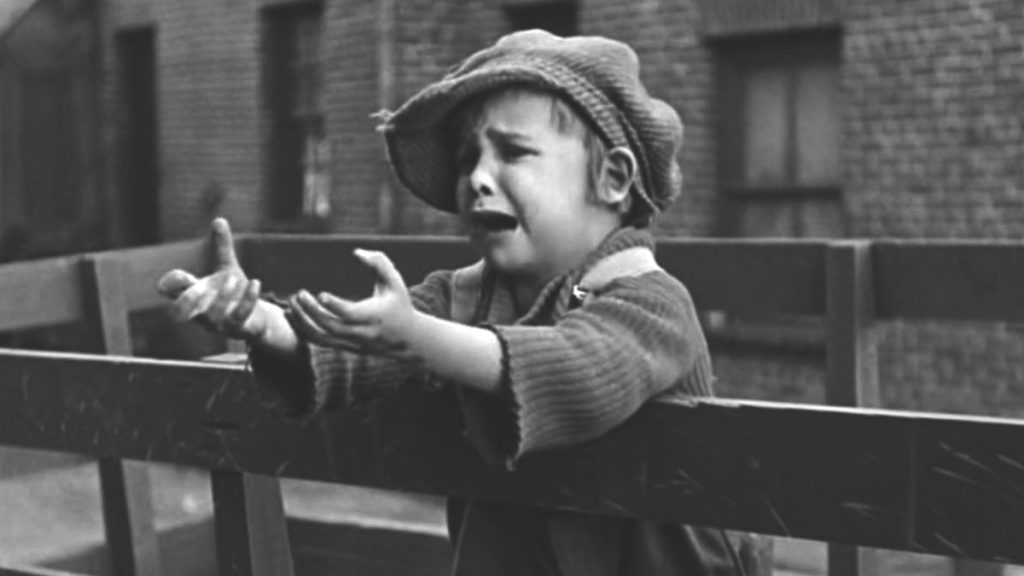
It was so powerful, uplifting, and so well-crafted, you know Chaplin had this vision in mind as soon as he started putting together this film. It was his way of “winning” because in real life, he wasn’t. At the time, before filming began, his first infant son was born malformed and died three days after birth. The Kid seemed to be his way of getting back and fighting for the son he didn’t have by forming this film in a way where he could make up for it. Obviously, it could never replace the pain he may have felt, but the product he put together made it seem like it was some sort of catharsis for him.
As a fan, I hope he got it.
As far as Chaplin’s features go, I have no problem placing this one fourth. It might fight The Circus for the spot. The only reason I can’t rank it any higher is for a few key reasons. The dream sequence was fun but felt noticeably out of place for the moment. I don’t understand why they were doing angel/devil bits in the midst of where the narrative was at. It’s like they were letting us in on an entirely different movie. It could’ve been a short in and of itself but where we were going with this film, it felt like a wild detour that didn’t fit. Also, the man that knocked up the woman was inserted for no reason at all. We never got a conclusion with him. It gives us this major tension-filled moment when they see each other at a random party after all these years, with him admitting being a piece of shit, but it goes nowhere. We never see or hear from him again, even though she alludes to going back after her kid. Within the last conversation we have, we get this stupid cutaway of a man opening a not-so-subtle book with the title of “The Past” and opening to a chapter labeled “Regrets”. It was so ridiculously on the nose, I couldn’t help but laugh. It completely took me out of the seriousness of the scene.
Even so, The Kid has enough incredible acting, memorable moments, and classic “Tramp” material that it’s a more than worthy addition to the legendary filmography of Charlie Chaplin.
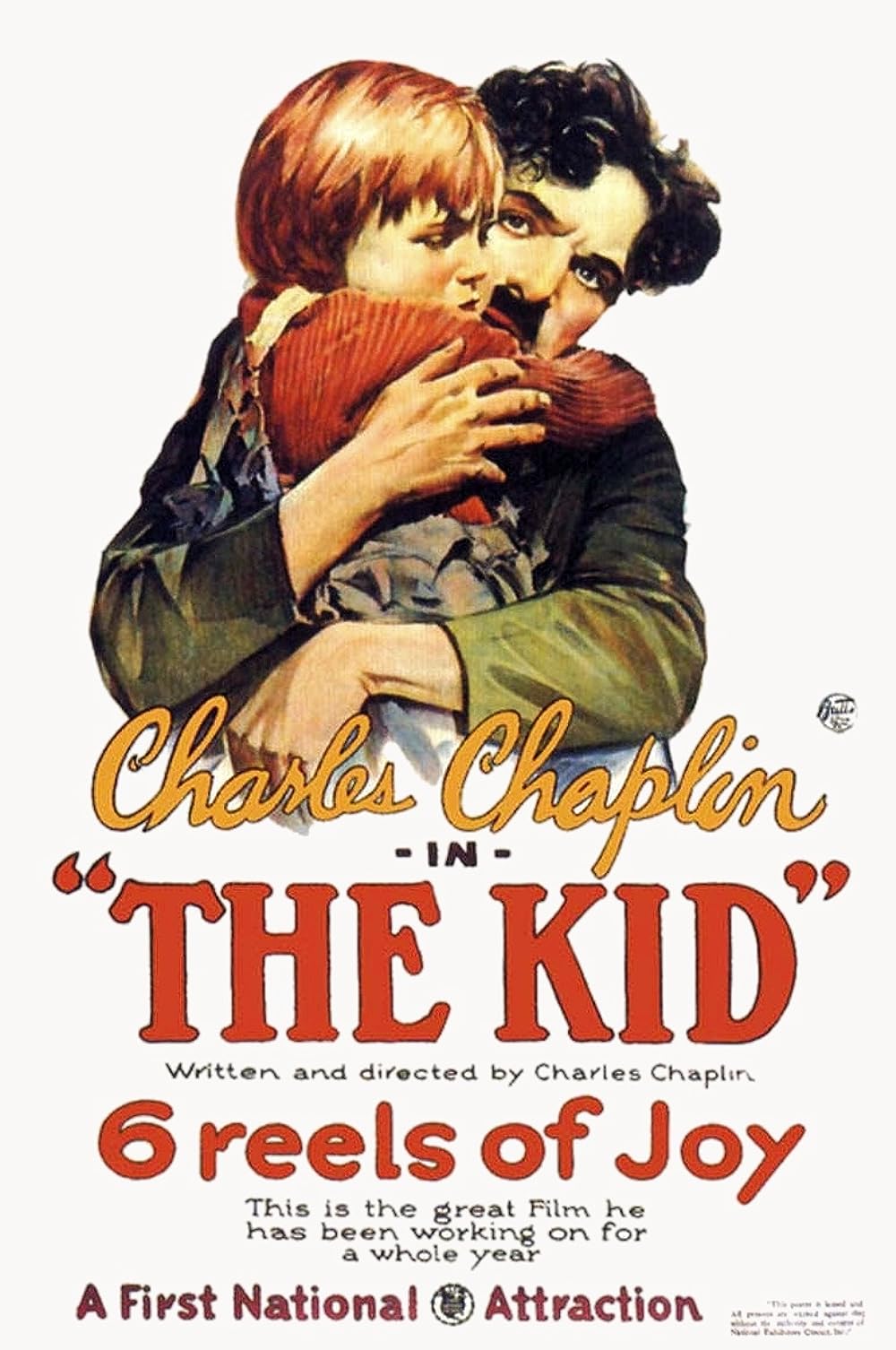
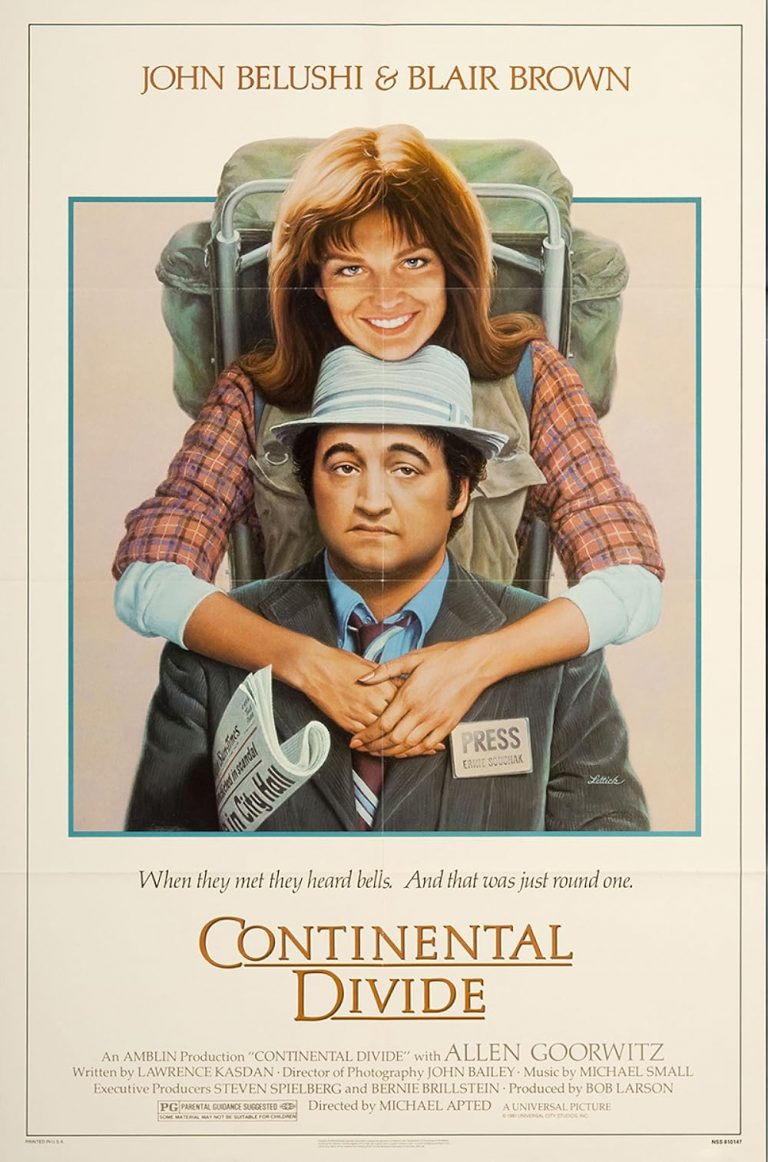
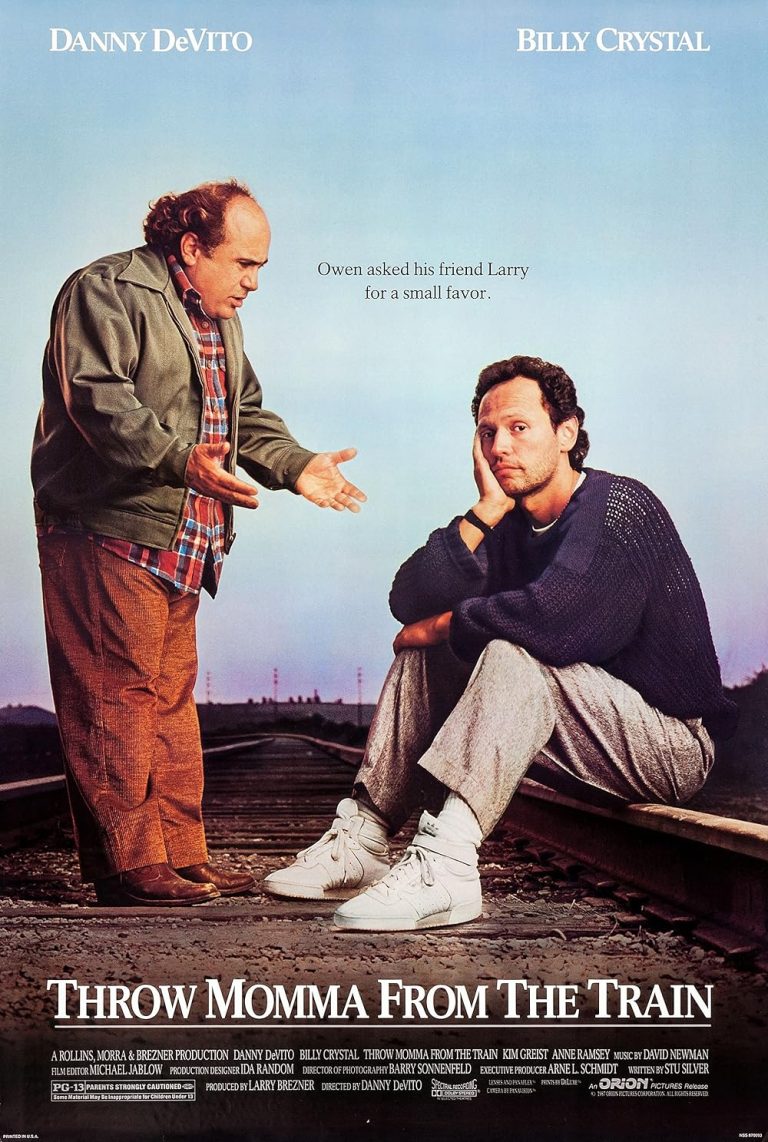
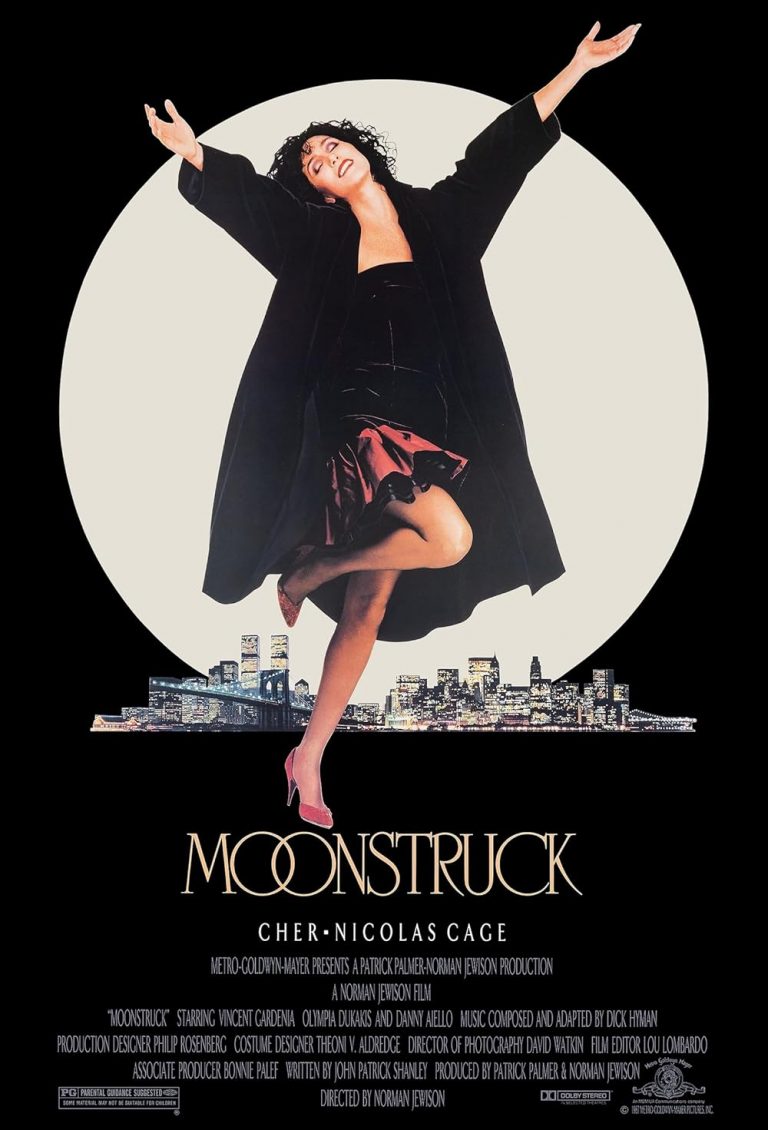

+ There are no comments
Add yours